Faculty
Image
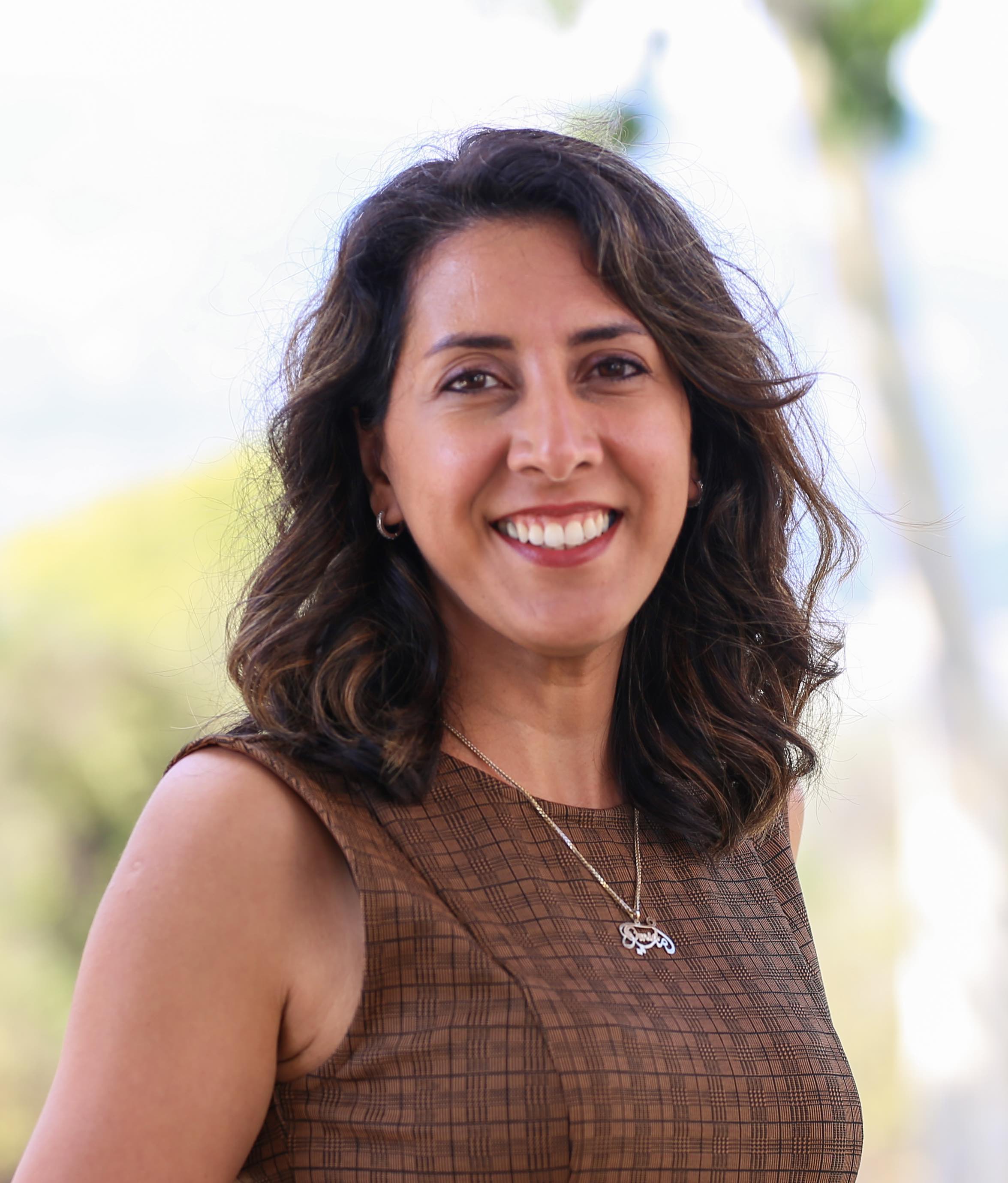
Associate Professor, ECE
Ahmadi joined UCSB as an Associate Professor in 2025. Prior to that, she was an Associate Professor at UCLA (2023-2025), and an Assistant Professor at the University of Michigan (2018-2023). She has received several awards, including the Young Investigator Award in 2020 from both the Office of Naval Research and the Air Force Office of Scientific Research. In 2021, she received the National Science Foundation CAREER Award and DARPA Young Faculty Award. She also received the International Symposium on Compound Semiconductors Young Scientist Award. Very recently, she received a Presidential Early Career Award for Scientists and Engineers (PECASE), the highest honor bestowed by the U.S. government on outstanding scientists and engineers early in their careers. Ahmadi was a postdoctoral researcher at UC Santa Barbara prior to her faculty appointment at the University of Michigan. She earned her bachelor’s and master’s degrees in electrical engineering from the Sharif University of Technology in Iran. In 2015, she received her Ph.D. in electrical engineering from UC Santa Barbara.
Image
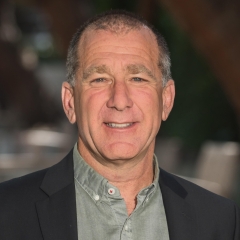
Distinguished Professor, Electrical & Computer Engineering
Daniel Blumenthal is a Distinguished Professor in the Electrical & Computer Engineering Department at UCSB, Director of the Terabit Optical Ethernet Center (TOEC) and heads the Optical Communications and Photonics Integration (OCPI). His research is in silicon nitride photonics and optical packet switching.
Image
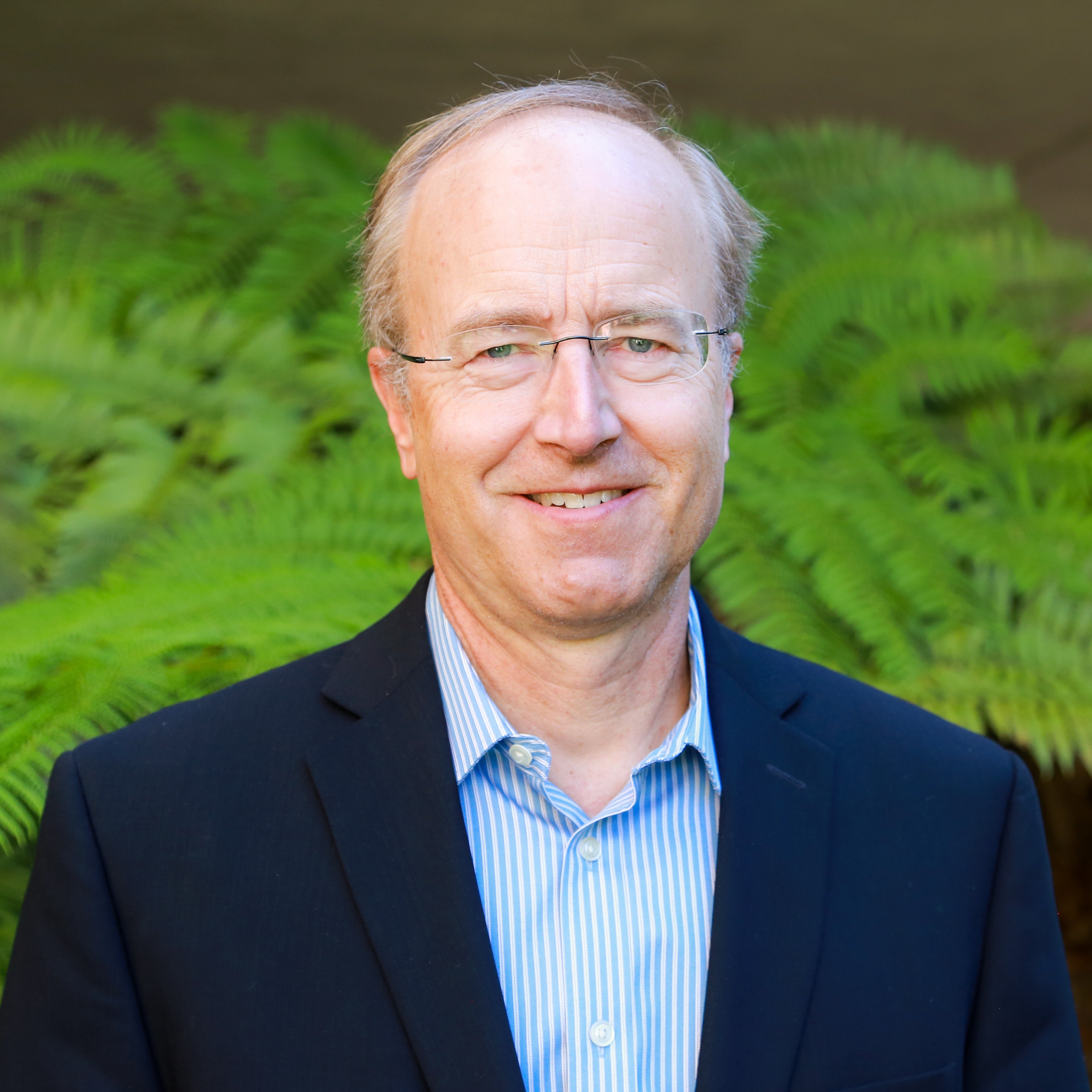
Professor, Electrical and Computer Engineering
Professor John Bowers is a world-leading researcher in the areas of silicon photonics, optoelectronics, energy efficiency and the development of novel low power optoelectronic devices for the next generation of optical networks. His research interests include silicon photonics and integrated circuits, fiber optic networks, thermoelectrics, high efficiency solar cells, and optical switching. Optical switches have the potential to reduce the energy required to switch data by factor of 10,000. Silicon photonics have the potential to reduce the energy require to transmit data on and off chips by a factor of ten or more. A recent collaboration with Intel led to the development of hybrid silicon lasers, which led to a prototype 50 Gbps high-speed optical data link, which is integrated onto silicon.
Image
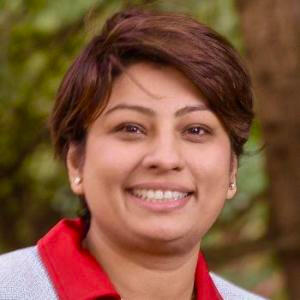
Department of Electrical Engineering (EE), Stanford University
Srabanti Chowdhury is an associate professor of Electrical Engineering (EE) and a Senior Fellow of Precourt Institute for Energy at Stanford. She leads the Widebandgap Lab at Stanford where her research focuses on the wideband gap (WBG) and ultra-wide bandgap (UWBG) materials and device engineering for energy-efficient and compact system architecture for electronics including power RF and computation applications.
Image
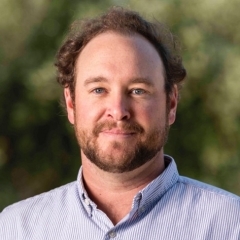
Chemical Engineering Vice Chair and Professor
Phillip Christopher, Chemical Engineering Vice Chair and Professor; Rinker Founder's Chair and Mellichamp Cluster Chair in Sustainable Manufacturing, focuses his research on heterogeneous catalysis, photochemistry, Energy Efficiency & Sustainability.
Image
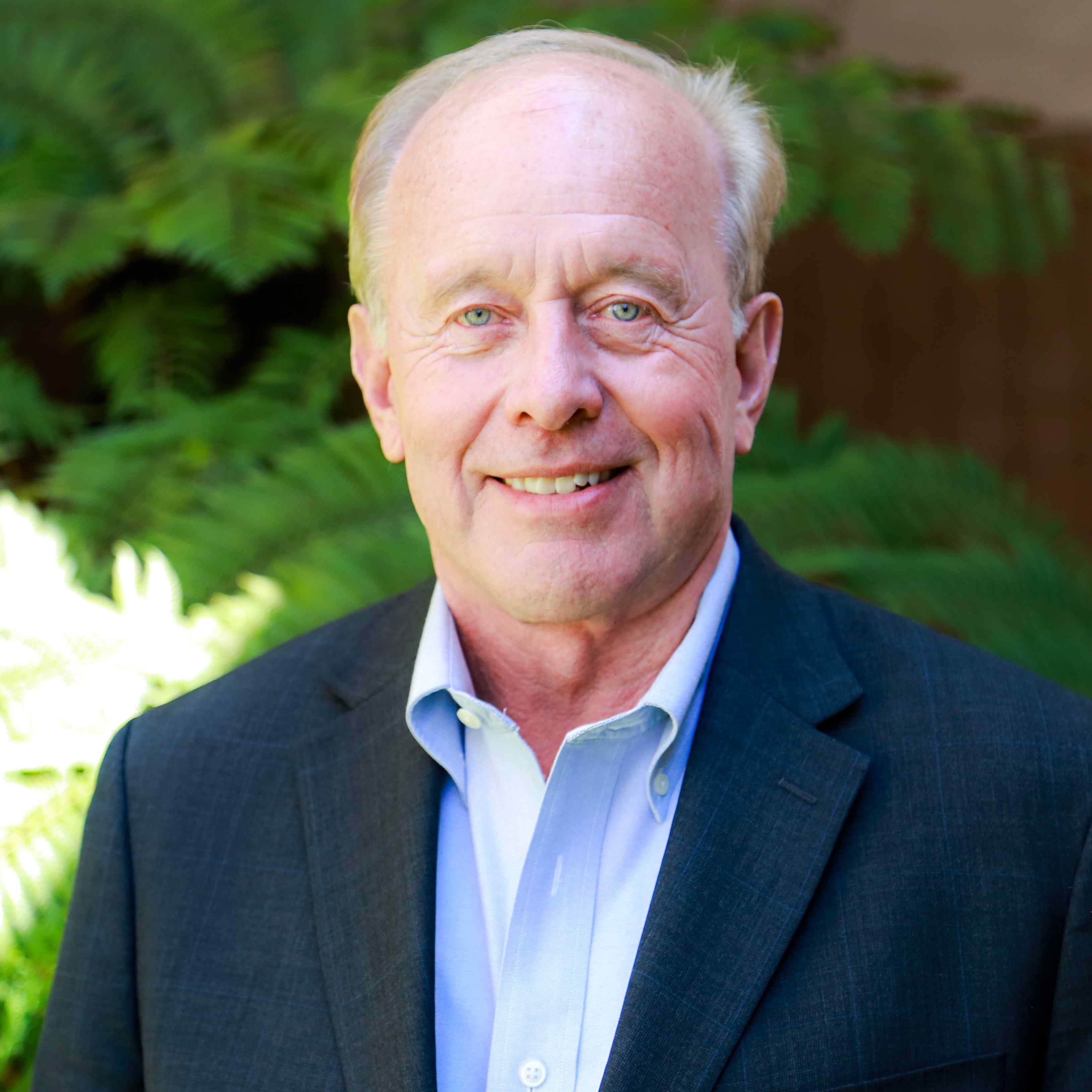
Professor Emeritus, Electrical & Computer Engineering and Materials
Professor of Materials and Electrical & Computer Engineering Departments. His research focuses on components and fabrication techniques for III-V optoelectronic integrated circuits, including vertical-cavity lasers and widely tunable lasers.
Image

Co-Director, Solid State Lighting & Energy Electronics Center
Visit the website link for this person
![]()
Engineering II, Room 3514; Henley Hall, Room 3007
Co-Director, Solid State Lighting & Energy Electronics Center; Director, Institute of Energy Efficiency; Professor of Materials and Electrical and Computer Engineering; Mitsubishi Chemical Chair in Solid State Lighting and Displays
Image
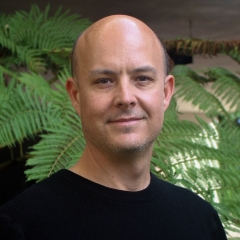
Professor & Chair, Chemical Engineering
Dr. Gordon focuses research on synthesis and characterization of nanoscale materials as well as the development of scanning probe microscopy (SPM) methods for optical, electrical, and mechanical interrogation of nanoscale systems found in different venues such as material science, microelectronics, catalysis, and biology. His current interests include: III-nitride nanostructures, micro/nano-LEDs.
Image
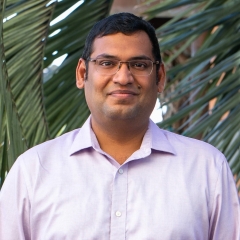
Associate Professor, Materials
Engineering II, Room 3518
Mehrabian Career Development Chair Associate Professor of Materials Department, focuses his research on epitaxial growth of ultra-wide bandgap Gallium Oxide materials and power semiconductor devices.
Image
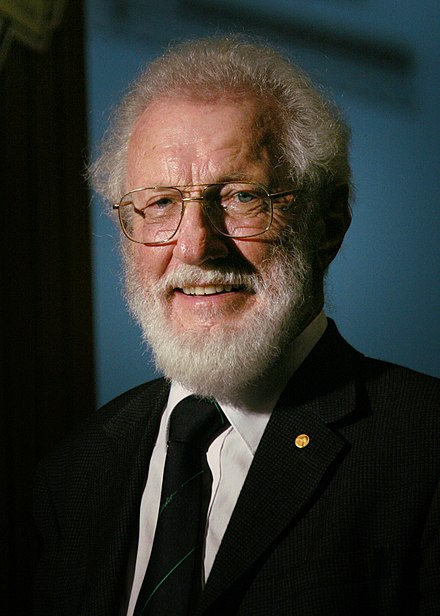
Professor Emeritus, Electrical and Computer Engineering
Professor Emeritus of Electrical & Computer Engineering and Materials Department. Professor Kroemer received numerous national and international honors and awards for his work, most notably the 2000 Nobel Prize in Physics "for developing semiconductor heterostructures used in high-speed- and opto-electronics," and the 2002 IEEE Medal of Honor.
Image
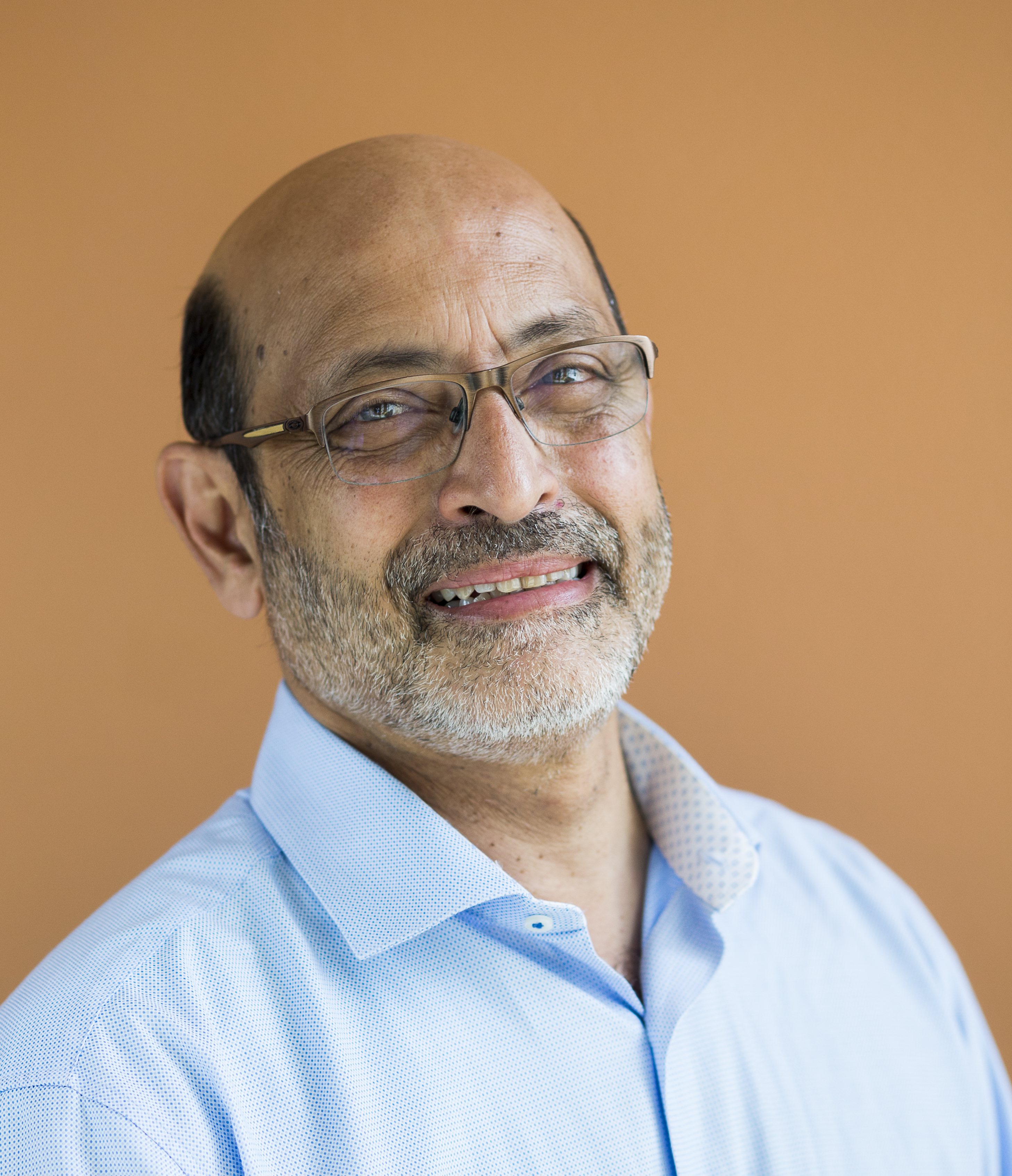
Richard A. Auhll Professor & Dean, College of Engineering
UMESH MISHRA, Richard A. Auhll Dean of the College of Engineering and Donald W. Whittier Professor of the Department of Electrical and Computer Engineering. A recognized leader in the area of high-speed field effect transistors. A leader in Gallium Nitride Electronics, his current research areas attempt to develop an understanding of novel materials and extend them into applications.
Image
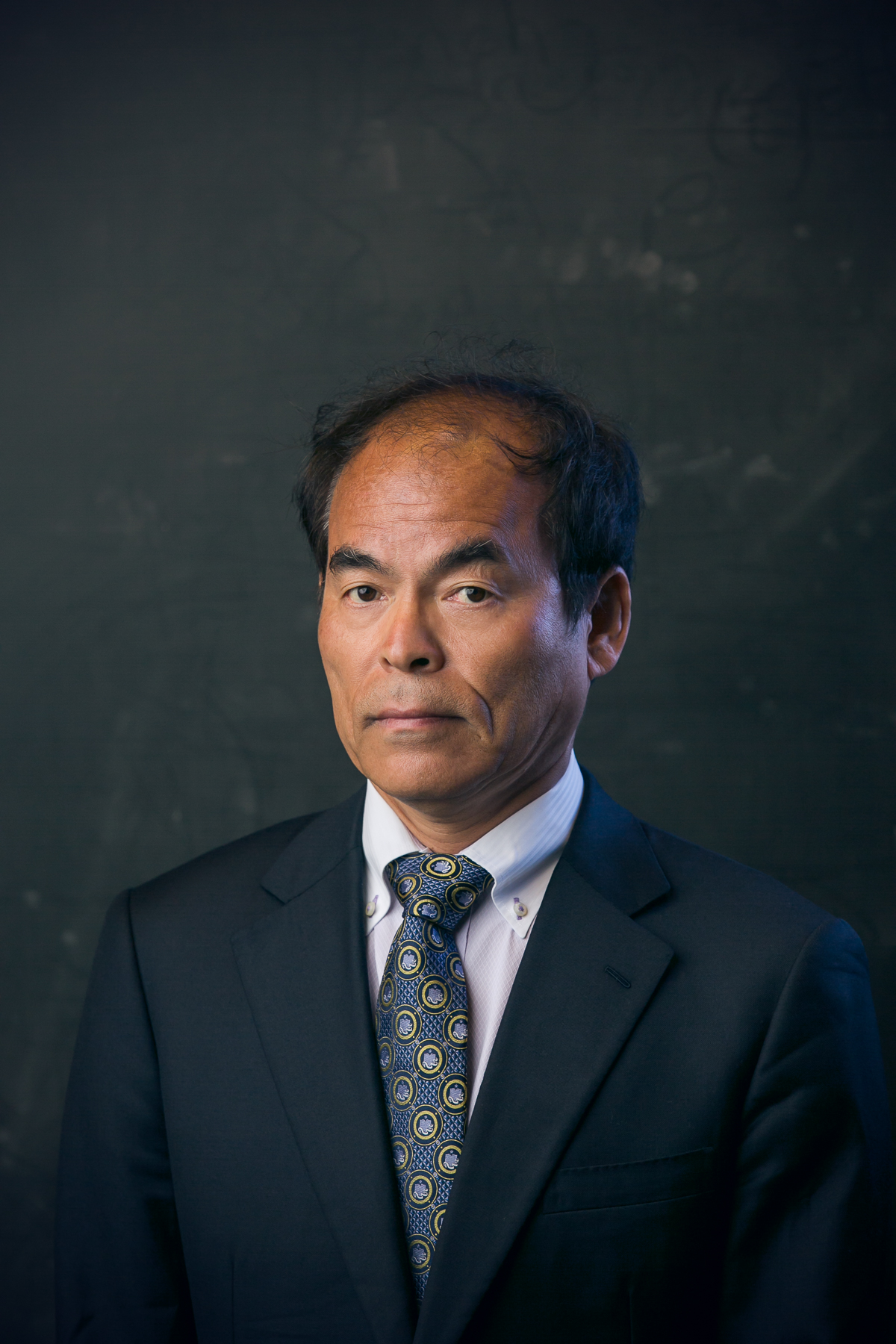
Co-Director of the Solid State Lighting & Energy Electronics Center
Co-Director of the Solid State Lighting and Energy Electronics Center; Professor of Materials and Electrical & Computer Engineering; The Cree Chair in Solid State Lighting & Displays; 2015 Draper Prize Laureate;
2014 Nobel Laureate; NAE, NAI, NIHF, Royal Academy
Image
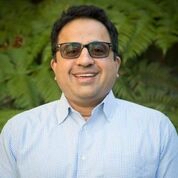
Distinguished Professor, Materials and Professor, Chemistry & Biochemistry
Professor of Materials/Chemistry & Biochemistry and Co-Director of the Materials Research Laboratory (MRL).
Image
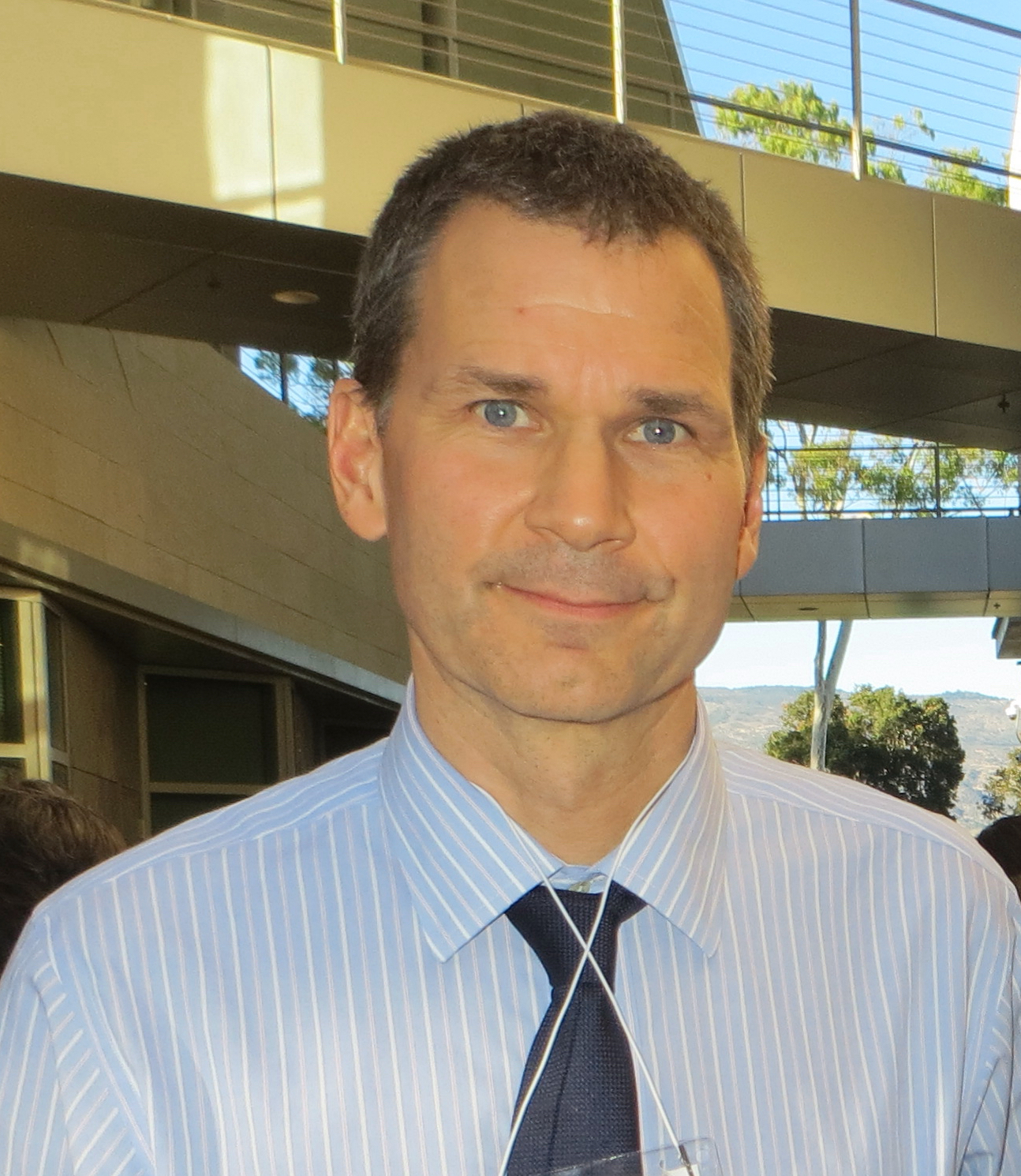
Professor, Materials
Professor of the Materials Department and the first recipient of The Seoul Optodevice Chair in Solid State Lighting, focuses his research on the relationship between thin-film electronic materials growth (MOCVD and MBE), microstructure, and the relation between microstructure and physical properties.
Image
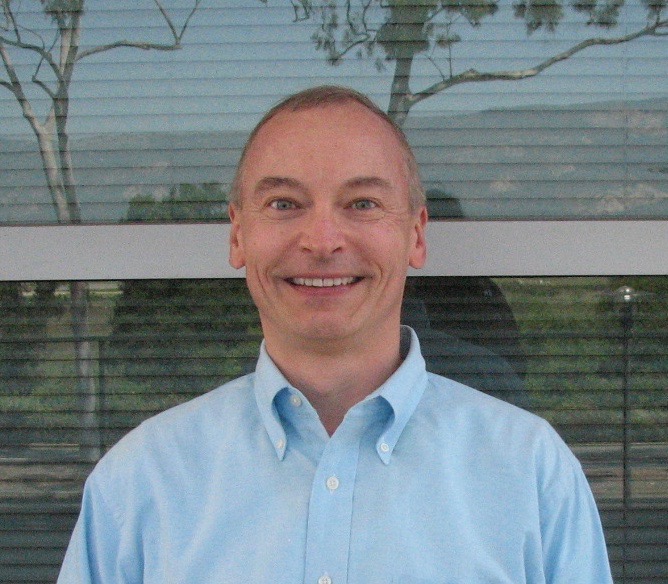
Professor, Materials
Chris G. Van De Walle joined the Materials Department as Professor of Computational Materials in 2004. His research interests lie in novel electronic materials, including wide-bandgap semiconductors (III nitrides, II-VI compounds, and oxides); the physics and chemistry of hydrogen interactions with solids, liquids, and molecular systems; and hydrogen in materials: storage and production (photoelectrochemical cells). He is the inaugural recipient of The Kroemer Endowed Chair in Materials.
Image
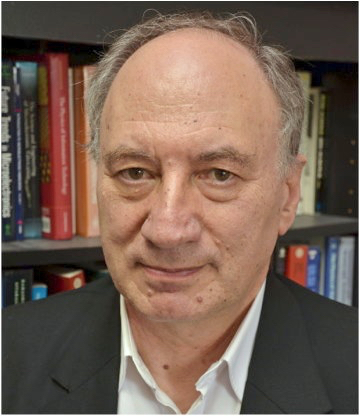
Distinguished Professor, Materials, UC Santa Barbara
Engineering II, Room 3518
Distinguished professor in the Materials Department. His research contributions to SSLEEC are in the area of blue laser diodes and micro cavity LEDs. Additionally he has made significant contributions to Auger theory, photonic crystals, and experimental verification of LED droop.